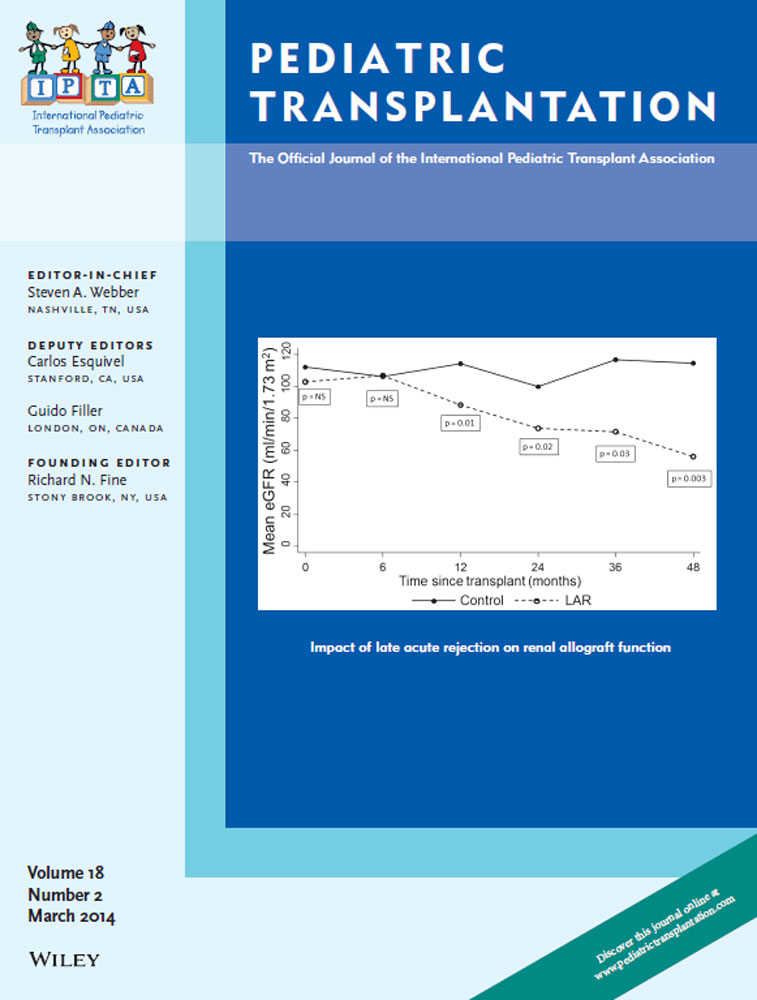Inconsistencies in care of the pediatric hematopoietic stem cell transplant recipient with respiratory failure: Opportunity for standardization and improved outcome
Courtney M. Rowan, MD, of Pediatrics, Indiana University School of Medicine, Riley Hospital for Children, 705 Riley Hospital Dr. ROC 4270, Indianapolis, IN 46202, USA
Tel.: +1 317 944 7065
Fax: +1 317 944 3442
E-mail: [email protected]
Abstract
There is variability in critical care outcome of the HSCT recipient. One potential reason may be due to the inconsistent ventilation approaches. To quantitate this variability, we conducted a survey to assess self-reported use of ventilation and adjunctive strategies for the HSCT recipient. Electronic survey, open from June 2012 through January 201, distributed through the Pediatric Acute Lung Injury and Sepsis Investigators network electronic mailing list. Ninety-four individual responses were from 36 different institutions. The majority indicated that HSCT recipients requiring critical care were admitted to the general PICU. The vast majority (89%) endorsed routine practice of low-tidal-volume ventilation strategies. More than half stated that pressure-regulated volume control is the starting mode of choice. Eighty-three percent felt their group practiced early initiation of lung protective strategies. Eleven percent encouraged “early transition” to HFOV. Inhaled nitric oxide and milrinone were reported at the highest frequencies, but the majority used these empirically. Opinions regarding variables that affect outcomes of the HSCT were diverse. The estimated mortality of HSCT patients with respiratory was highly variable. Strategies for ventilation and oxygenation, use of HFOV, and adjunctive therapies are variable among pediatric intensivists.




